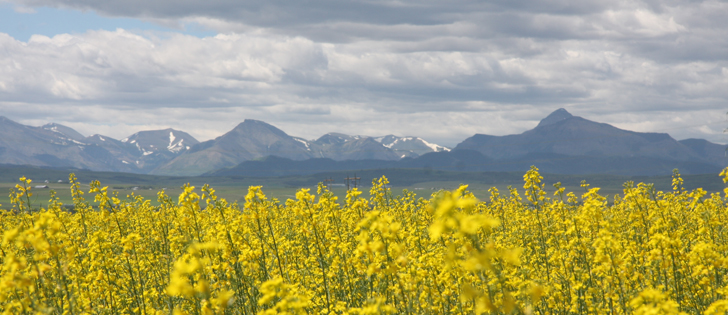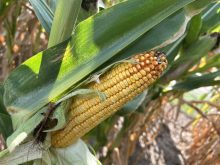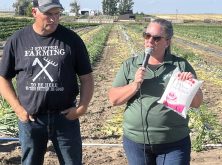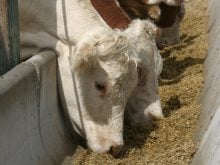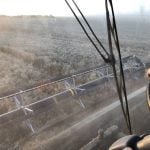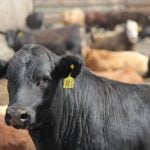The overall crop condition rating in Alberta fell four percentage points from the previous week during the week ended June 27, with 78 percent now rated at good to excellent, according to the latest provincial crop report from Alberta Agriculture and Forestry, released June 30. That compares to the five-year average of 73 percent for this time of year.
Rain fell through most of the Peace, the northeastern and northwestern regions, ranging from 10 to 30 millimetres, while the central and south received five to 10 mm.
Crop development for the week ending June 27 was rated average in south and central regions but slightly behind average in the northeast, according to the report.
Read Also
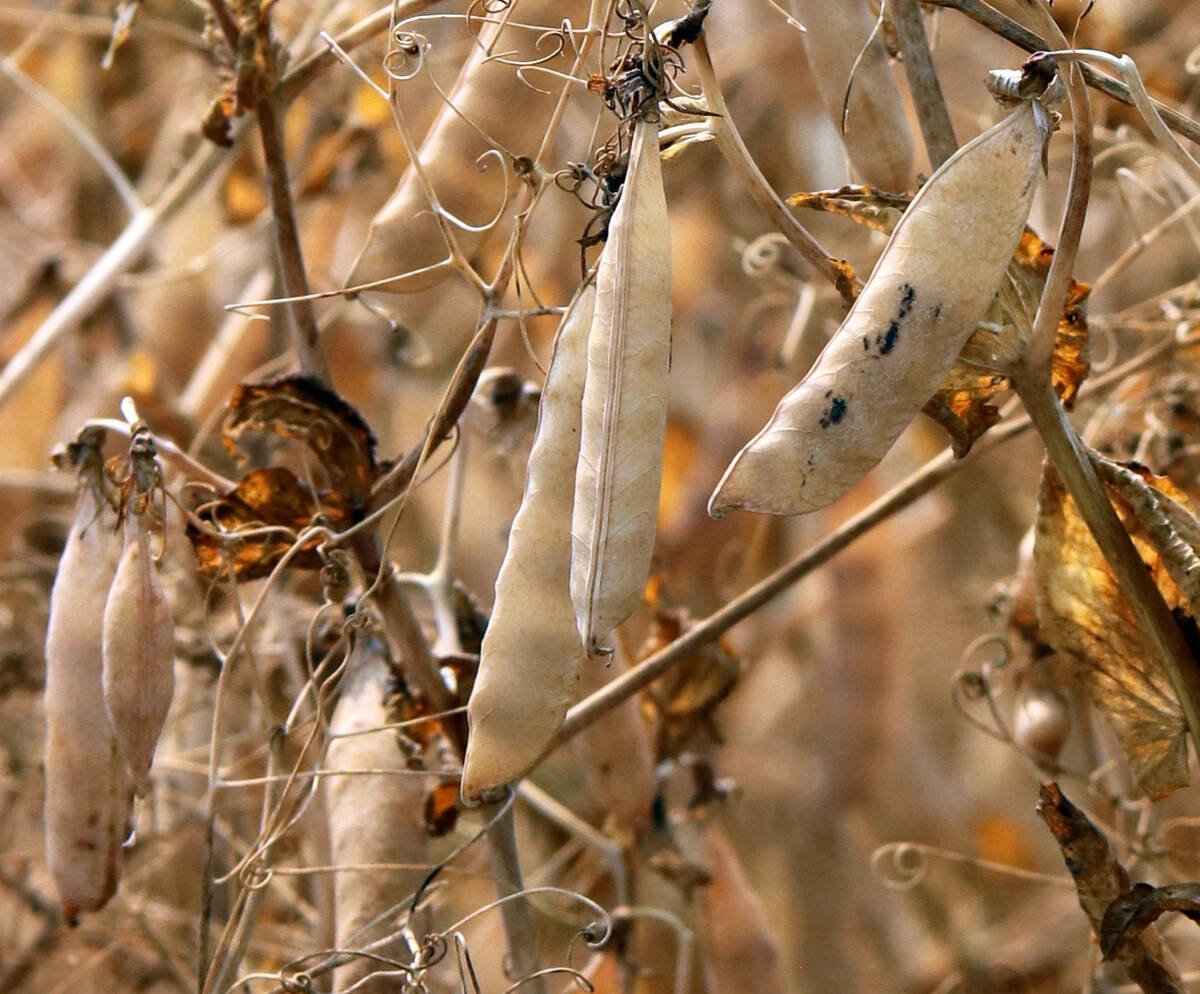
Trump’s tariffs take their toll on U.S. producers
U.S. farmers say Trump’s tariffs have been devastating for growers in that country.
In the northwest, canola was delayed with 10 percent now in the rosette stage and one percent flowering compared to the long-term average of 55 percent rosette and nine percent flowering.
Province-wide, 79.7 percent of spring wheat was rated as being in good or excellent condition, 78.3 percent of barley, 74 percent of canola, 81.1 percent of dry peas, 91 percent of dry beans, 80.9 percent of durum and 83.7 percent of winter wheat.
Surface moisture throughout the province was rated two percent poor, 16.6 percent fair, 39 percent good, 28.4 percent excellent and 14 percent excessive.
In the south, crops were beginning to show signs of drought stress.
Some fields in the northeast have standing water with crops showing yellowing problems. Crop yellowing is also appearing in the northwest.

